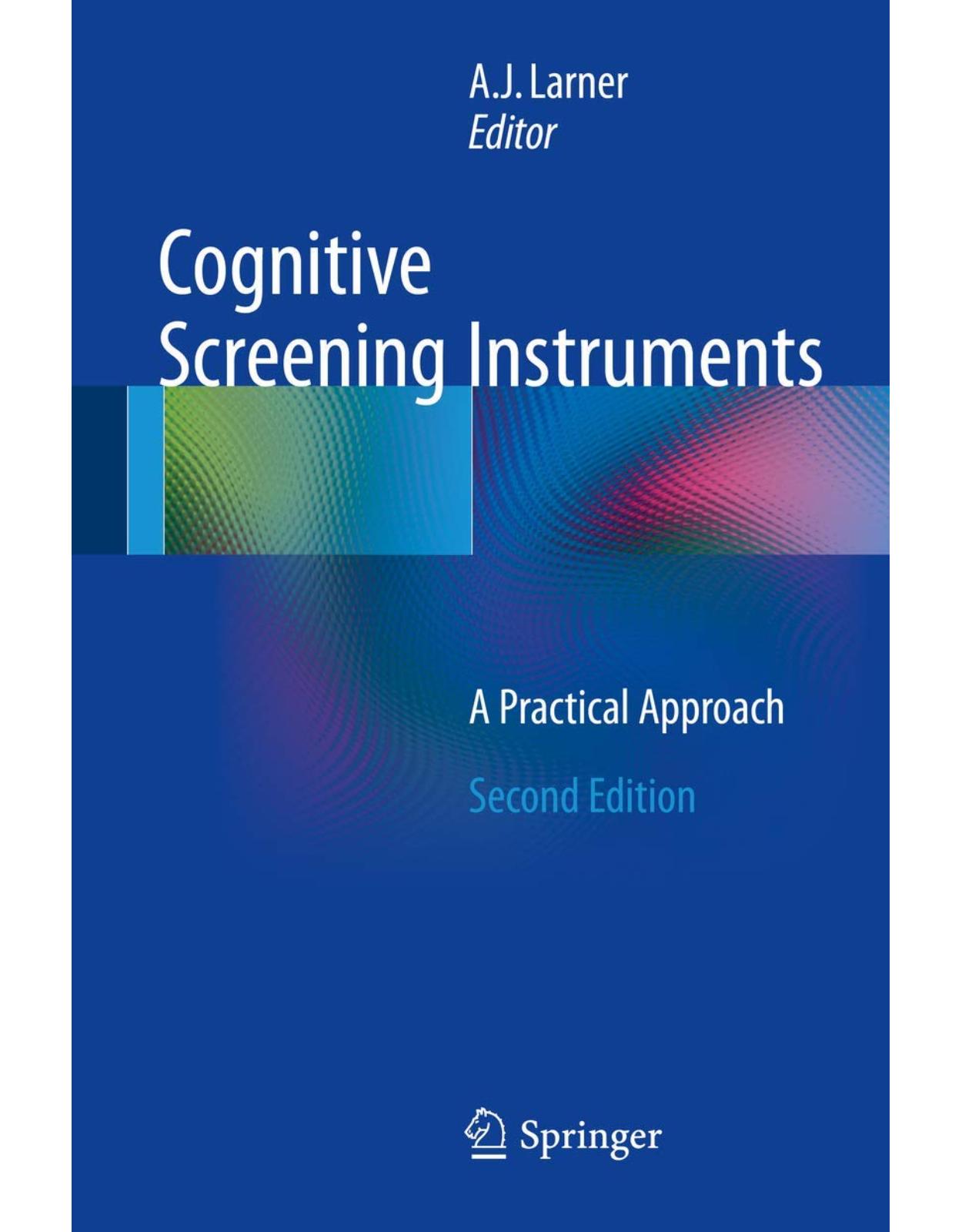
Cognitive Screening Instruments
Livrare gratis la comenzi peste 500 RON. Pentru celelalte comenzi livrarea este 20 RON.
Description:
This revised and updated second edition provides a practical and structured overview of some of the most commonly used and easily available cognitive screening instruments applicable in the outpatient clinic and bedside setting. It now includes additional chapters on AD8 and also methodological aspects of systematic cognitive screening instrument assessment from the Cochrane Dementia and Cognitive Improvement Group. Expert authors from around the world equip the reader with clear instructions on the usage of each screening instrument, its strengths and weaknesses, and the time required for administration. Rules on scoring are also provided, such as how to correct for variations in the patient’s age or education, and suggested cut-off scores. Cognitive Screening Instruments: A Practical Approach, Second Edition is aimed at both clinicians and professionals in disciplines allied to medicine who are called upon to assess patients with possible cognitive disorders, including neurologists, old age psychiatrists, neuropsychologists, primary care physicians, dementia support workers, and members of memory assessment teams.
Table of Contents:
Part I: Introduction to Cognitive Screening Instruments
Chapter 1: Introduction to Cognitive Screening Instruments: Rationale and Desiderata
1.1 Introduction
1.2 Rationale of Cognitive Screening
1.3 Desiderata for Cognitive Screening Instruments
1.4 Conclusion
References
Chapter 2: Assessment of the Utility of Cognitive Screening Instruments
2.1 Importance of Measuring the Diagnostic Accuracy of Dementia Assessments
2.2 Statistical Methods for Comparing Tests
2.3 Nomenclature of Test Accuracy
2.3.1 Index Test
2.3.2 Target Condition
2.3.3 Reference Standard
2.3.4 Target Population
2.4 Test Accuracy Metrics
2.4.1 Sensitivity and Specificity
2.4.2 Predictive Values
2.4.3 Receiver Operating Characteristic (ROC) Plots
2.5 Interpreting Test Accuracy Results
2.6 Issues in Cognitive Test Accuracy
2.6.1 Reference Standards for Dementia
2.6.2 Partial Completion of Assessment
2.6.3 Incorporation Bias
2.7 Assessing Study Design and Study Reporting
2.7.1 Quality Assessment of Diagnostic Accuracy Studies (QUADAS)
2.7.2 Standards for Reporting Diagnostic Accuracy Statement (STARD)
2.8 Meta-analysis of Test Accuracy in Dementia
2.9 Conclusions
References
Part II: Patient Performance-Related Tests
Chapter 3: The Mini-Mental State Examination (MMSE): Update on Its Diagnostic Accuracy and Clinica
3.1 Background
3.2 Diagnostic Validity in Dementia of Any Severity
3.3 Diagnostic Validity in Early Dementia
3.4 Diagnostic Accuracy in the Detection of MCI
3.5 Diagnostic Validity in Delirium
3.6 Conclusion and Implementation
References
Chapter 4: MMSE Variants and Subscores
4.1 Introduction
4.2 MMSE Variants
4.2.1 Standardized Mini-Mental State Examination (sMMSE)
4.2.2 Long Forms of the MMSE, Including 3MS
4.2.3 Short Forms of the MMSE
4.2.4 Severe MMSE
4.2.5 MMSE for the Hearing Impaired
4.2.6 MMSE for the Vision Impaired
4.2.7 Telephone Adaptations of the MMSE
4.2.8 Mini-Mental Parkinson (MMP)
4.3 MMSE Subscores
4.3.1 Vascular Dementia
4.3.2 Dementia with Lewy Bodies: Ala Score
4.4 Conclusion
References
Chapter 5: Clock Drawing Test
5.1 Introduction
5.2 Popularity of CDT
5.3 CDT Administration
5.4 CDT Scoring Systems
5.5 Comparing CDT Scoring Systems
5.6 Predictive Validity of CDT
5.6.1 Normal Aging
5.6.2 Mild Cognitive Impairment
5.7 CDT and Specific Neurologic Conditions
5.7.1 Vascular Dementia and Alzheimer’s Disease
5.7.2 Delirium
5.7.3 Huntington’s Disease
5.7.4 Parkinson’s Disease
5.7.5 Stroke
5.7.6 Traumatic Brain Injury
5.7.7 Schizophrenia
5.7.8 Metabolic Syndrome
5.8 Longitudinal Monitoring Using the CDT
5.9 Cultural, Ethnic, and Educational Considerations
5.10 Conclusion
References
Chapter 6: Addenbrooke’s Cognitive Examinations: ACE, ACE-R, ACE-III, ACEapp, and M-ACE
6.1 Introduction
6.2 Development and Index Studies
6.2.1 Addenbrooke’s Cognitive Examination (ACE)
6.2.2 Addenbrooke’s Cognitive Examination-Revised (ACE-R)
6.2.3 ACE-III, ACEapp
6.2.4 Mini-Addenbrooke’s Cognitive Examination (M-ACE)
6.3 ACE Translations
6.4 Systematic Reviews, Meta-analysis, and Independent Cohort Studies
6.4.1 ACE
6.4.2 ACE-R
6.4.3 ACE-III
6.4.4 M-ACE
6.5 Diagnostic Utility
6.5.1 Normative Studies
6.5.2 Dementia and Cognitive Impairment
6.5.3 Depression
6.5.4 Alzheimer’s Disease (AD) and Mild Cognitive Impairment (MCI)
6.5.5 Frontotemporal Lobar Degenerations
6.5.6 Parkinsonian Syndromes
6.5.7 Stroke and Vascular Dementia
6.5.8 Brain Injury
6.5.9 Other Uses
6.6 Comparison and Combination with Other Screening Instruments
6.6.1 Comparing ACE, ACE-R and ACE-III with MMSE
6.6.2 Comparing ACE-R with Other Instruments: MoCA, TYM
6.6.3 Comparing M-ACE with MMSE and MoCA
6.6.4 Combining ACE-R with an Informant Scale: IQCODE
6.6.5 Combining ACE-R with a Functional Scale: IADL Scale
6.7 Conclusion
References
Chapter 7: Montreal Cognitive Assessment (MoCA): Concept and Clinical Review
7.1 Introduction
7.2 Cognitive Domains Assessed by the MoCA
7.2.1 Visuospatial/Executive
7.2.1.1 Modified Trail Making Test
7.2.1.2 Copy of the Cube
7.2.1.3 The Clock Drawing Test
7.2.2 Naming
7.2.3 Attention
7.2.3.1 The Digit Span
7.2.3.2 Concentration and Calculation: Letter A Tapping Test
7.2.3.3 Concentration and Calculation: Serial 7 Subtractions
7.2.4 Language
7.2.4.1 Sentence Repetition
7.2.4.2 Letter F Fluency
7.2.5 Abstraction
7.2.6 Delayed Recall
7.2.7 The Memory Index Score [112]
7.2.8 Orientation
7.3 MoCA Development and Validation
7.3.1 Optimal Cut-Off Scores
7.3.2 Recommendations
7.3.3 Practical Approach
7.4 Demographic Effect on MoCA Performance
7.4.1 Age and Gender Effect
7.4.2 Education and Literacy Effect
7.5 Mild Cognitive Impairment (MCI) and Alzheimer’s Disease (AD)
7.6 The MoCA and the Memory Index Score (MIS)
7.7 Vascular Cognitive Impairment (VCI)
7.7.1 Asymptomatic Cerebrovascular Disease Patients with Vascular Risk Factors
7.7.2 Symptomatic Cerebrovascular Disease
7.7.2.1 Cognitive Impairment Post-Stroke or TIA
7.7.2.2 Heart Failure
7.7.2.3 Chronic Atrial Fibrillation
7.7.2.4 Sub-optimal Self-Care and Functional Dependency
7.7.2.5 Subcortical Ischemic Vascular Dementia (SIVD)
7.7.2.6 Monitoring of Treatment
7.8 Parkinson’s Disease (PD)
7.9 Huntington’s Disease
7.10 Brain Tumors
7.11 Systemic Lupus Erythematosus (SLE)
7.12 Substance Use Disorders
7.13 Idiopathic Rapid Eye Movement Sleep Behavior Disorder (Idiopathic RBD)
7.14 Chronic Obstructive Pulmonary Disease (COPD)
7.15 Obstructive Sleep Apnea (OSA)
7.16 Risk of Falls
7.17 Rehabilitation Outcome
7.18 MoCA in Epilepsy
7.19 Human Immunodeficiency Virus (HIV) Infection
7.20 Miscellaneous Conditions
7.21 Normative Data in Multiple Languages, Cultures, Age and Education Levels
7.22 MoCA for the Blind
7.23 A 5 min MoCA
7.24 The Montreal Cognitive Assessment-Basic (MoCA-B) Development and Validation for Illiterate an
7.25 Future Research
7.25.1 Electronic MoCA (e-MoCA)
7.25.2 Alternate/Parallel MoCA Versions
7.25.3 MoCA Training and Certification Program
7.26 Conclusion
References
Chapter 8: DemTect
8.1 Introduction
8.2 Description of the Test
8.2.1 Subtests: Construction and Administration
8.2.2 Scoring
8.2.3 Interpretation of the Total Transformed Score
8.2.4 Administration Time
8.2.5 Avoiding Retest Effects with the Parallel Version of the DemTect: DemTect B
8.2.6 Psychometric Criteria
8.3 Neural Correlates of the DemTect Subtests
8.4 The DemTect in Clinical Practice and Scientific Contexts
8.5 The “SIMARD: A Modification of the DemTect” – A Tool for the Identification of Cog
8.6 Conclusion
References
Chapter 9: TYM (Test Your Memory) Testing
9.1 Introduction
9.2 Origins
9.3 Administering the TYM Test
9.4 Requirements of a New Test
9.5 Help Provided
9.6 Scoring the TYM Test
9.7 Validation of the TYM Test
9.7.1 Index Study
9.7.2 TYM Test Validations
9.8 Why Use the TYM Test?
9.9 TYM Test in Specific Situations
9.9.1 Amnestic MCI
9.9.2 TYM Test in Non-Alzheimer Dementias
9.9.3 TYM Testing of Hospital Inpatients and the Dementia CQUIN
9.9.4 TYM Testing in General Neurology Clinics
9.10 Comparison of TYM with the ACE-R and MMSE
9.11 Limitations of the TYM and Possible Solutions
9.11.1 Patients with Visual or Physical Problems
9.11.2 Self-Testing
9.11.3 Cultural Bias
9.11.4 Safety
9.12 The Hard TYM (H-TYM)
9.13 Tymtest.com
9.14 Conclusion
References
Chapter 10: The General Practitioner Assessment of Cognition (GPCOG)
10.1 Introduction
10.2 Test Instructions
10.3 Development of the GPCOG
10.4 Patient Cognitive Assessment
10.5 Informant Interview
10.6 Diagnostic Utility
10.7 Demographic and Other Biases
10.8 Patient and GP Acceptability of the GPCOG
10.9 Conclusion
References
Chapter 11: Six-Item Cognitive Impairment Test (6CIT)
11.1 Introduction
11.2 6CIT: Item Contents
11.3 Diagnostic Utility
11.4 Advantages and Disadvantages
11.4.1 Time
11.4.2 Content
11.4.3 Scoring
11.4.4 Diagnosis of Dementia Subtypes
11.4.5 Visual Impairment
11.5 Other Reported Uses
11.6 Conclusion
References
Chapter 12: The Quick Mild Cognitive Impairment Screen (Qmci)
12.1 Introduction
12.2 Qmci Screen Scoring and Administration Guidelines
12.2.1 Orientation
12.2.2 Registration
12.2.3 Clock Drawing
12.2.4 Delayed Recall
12.2.5 Verbal Fluency
12.2.6 Logical Memory
12.3 Validation of the Qmci Screen
12.3.1 Content Validity
12.3.2 Concurrent Validity
12.3.3 Construct Validity
12.3.4 Cut-off Scores
12.4 Clinical Utility of the Qmci Screen: Use in Different Settings
12.5 Translations of the Qmci Screen
12.6 The Quick Memory Check
12.7 Conclusions and Future Research
References
Part III: Informant-Related Scales
Chapter 13: The IQCODE: Using Informant Reports to Assess Cognitive Change in the Clinic and in
13.1 Introduction
13.2 IQCODE History and Development
13.3 Administration and Scoring
13.4 Psychometric Characteristics
13.5 Validation Against Clinical Diagnosis
13.6 Systematic Reviews
13.7 Neuropsychological Correlates
13.8 Neuroimaging Correlates
13.9 Alternative Applications
13.9.1 Retrospective Estimate of Cognitive Change
13.9.1.1 Post Surgery
13.9.1.2 Post Pharmacological Treatment
13.9.1.3 Post Stroke or Trauma
13.9.2 Prospective Risk Assessment
13.9.3 Self-Assessment with the IQCODE
13.10 Bias and Limitations
13.11 Conclusion
References
Chapter 14: Brief Informant Interviews to Screen for Dementia: The AD8 and Quick Dementia Rating
14.1 Introduction
14.2 The AD8
14.3 Studies of the AD8
14.3.1 In the Acute Care Setting
14.3.2 Combining the AD8 with Performance-Based Instruments
14.3.3 As a Patient-Based Assessment of Subjective Cognitive Impairment and Insight
14.3.4 As a Predictor of Recovery of Function
14.3.5 Use in Population Dementia Screening
14.3.6 Spanish
14.3.7 Portuguese
14.3.8 Chinese
14.3.9 Korean
14.3.10 Japanese
14.4 Limitations of the AD8 and Other Informant Assessments
14.5 Quick Dementia Rating Scale (QDRS)
14.6 Conclusion
References
Part IV: Conclusion
Chapter 15: The Usage of Cognitive Screening Instruments: Test Characteristics and Suspected Diagn
15.1 Introduction
15.2 Test Characteristics
15.2.1 Primary Versus Secondary Care Settings
15.2.2 Test Duration
15.2.3 General Versus Specific Cognitive Functions
15.2.4 Patient Versus Informant Scales
15.2.5 Quantitative Versus Qualitative Scales
15.3 Suspected Diagnosis
15.3.1 Tests for Suspected AD and MCI
15.3.2 Tests for Suspected Vascular Dementia and Vascular Cognitive Impairment
15.3.3 Tests for Suspected Parkinson’s Disease Dementia (PDD) and Dementia with Lewy Bodies (DL
15.3.4 Tests for Suspected Frontotemporal Lobar Degeneration
15.4 Conclusion
References
Index
| An aparitie | 2017 |
| Autor | Larner |
| Dimensiuni | 15.75 x 2.29 x 23.37 cm |
| Editura | Springer |
| Format | Hardcover |
| ISBN | 9783319447742 |
| Limba | Engleza |
| Nr pag | 361 |

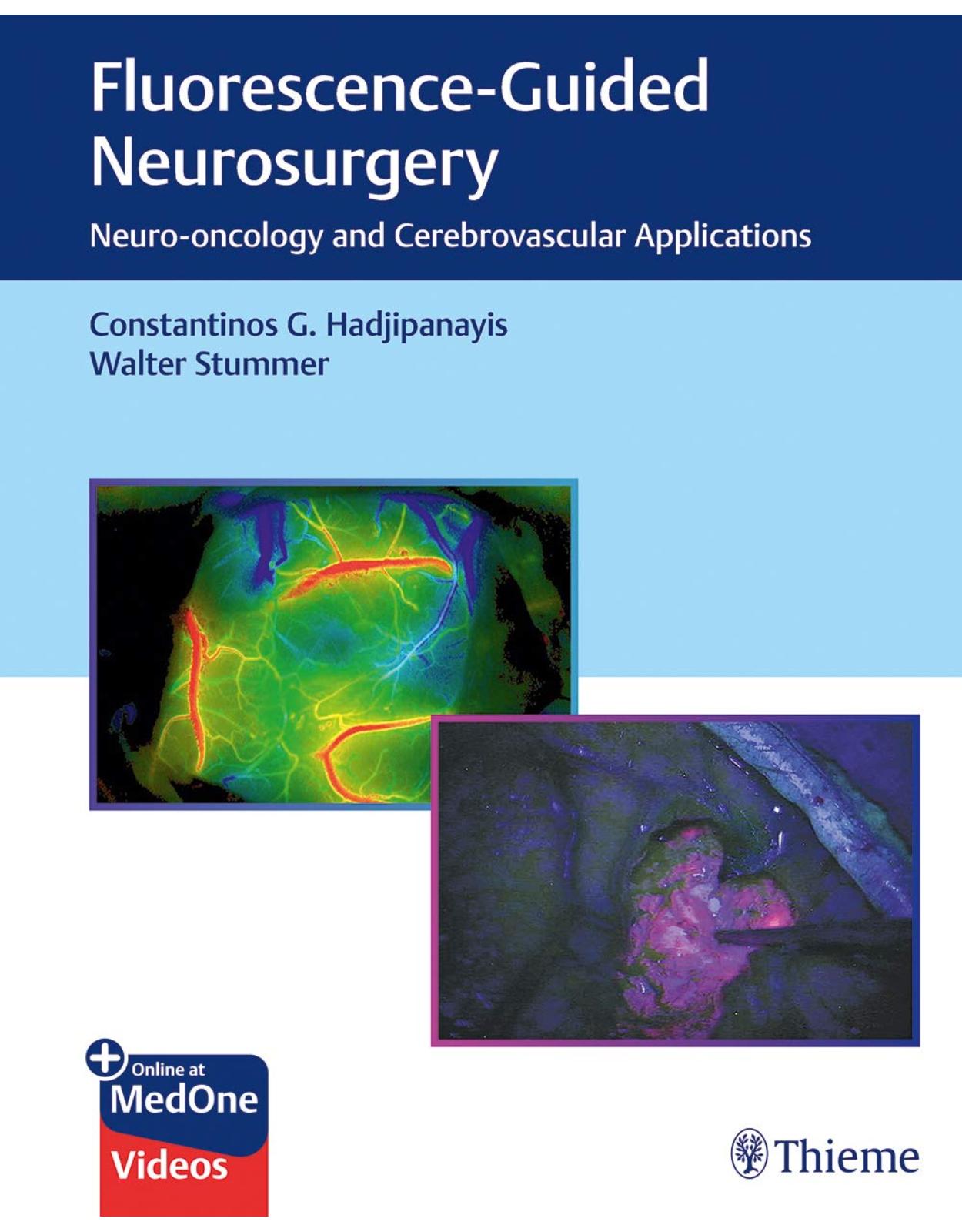
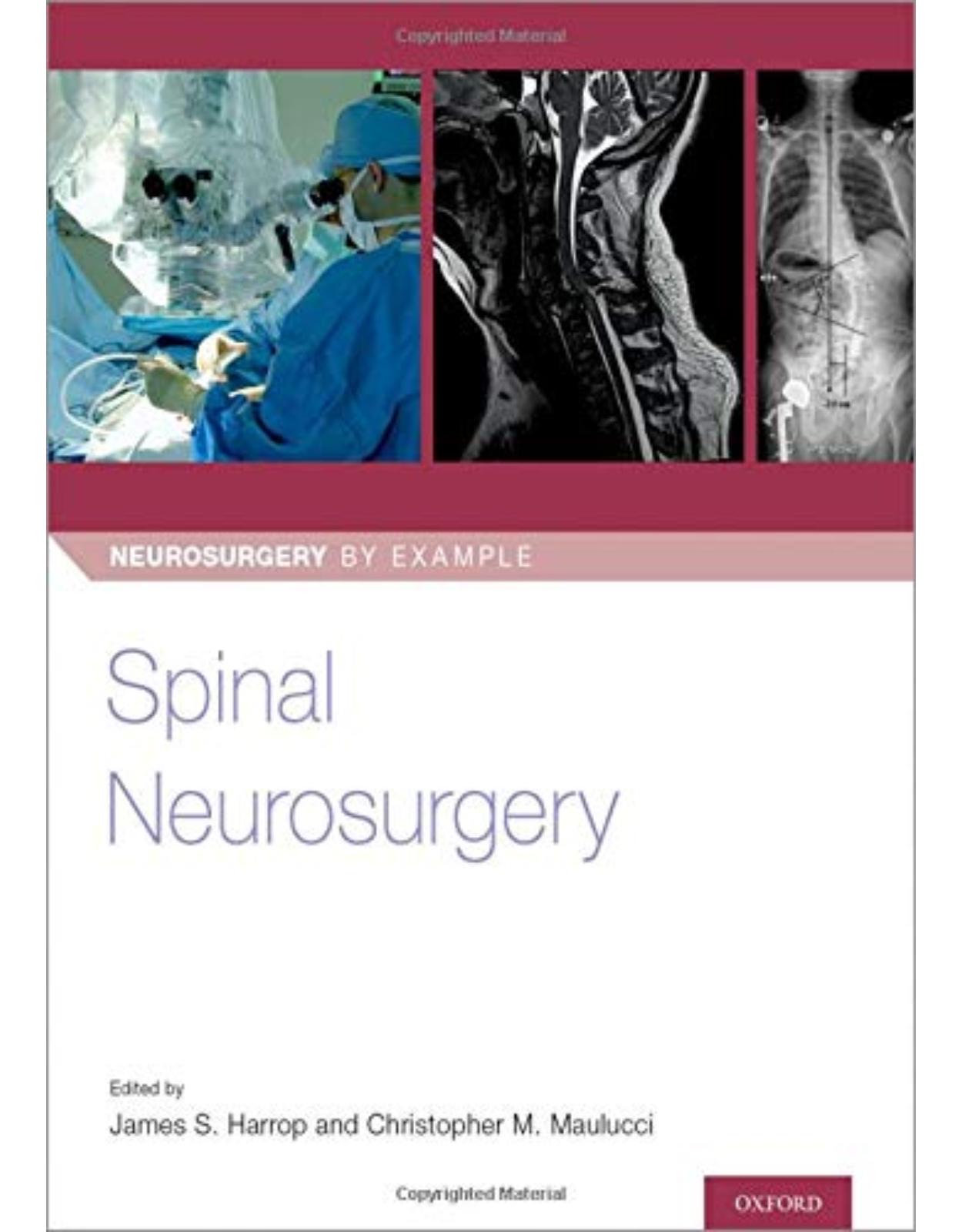
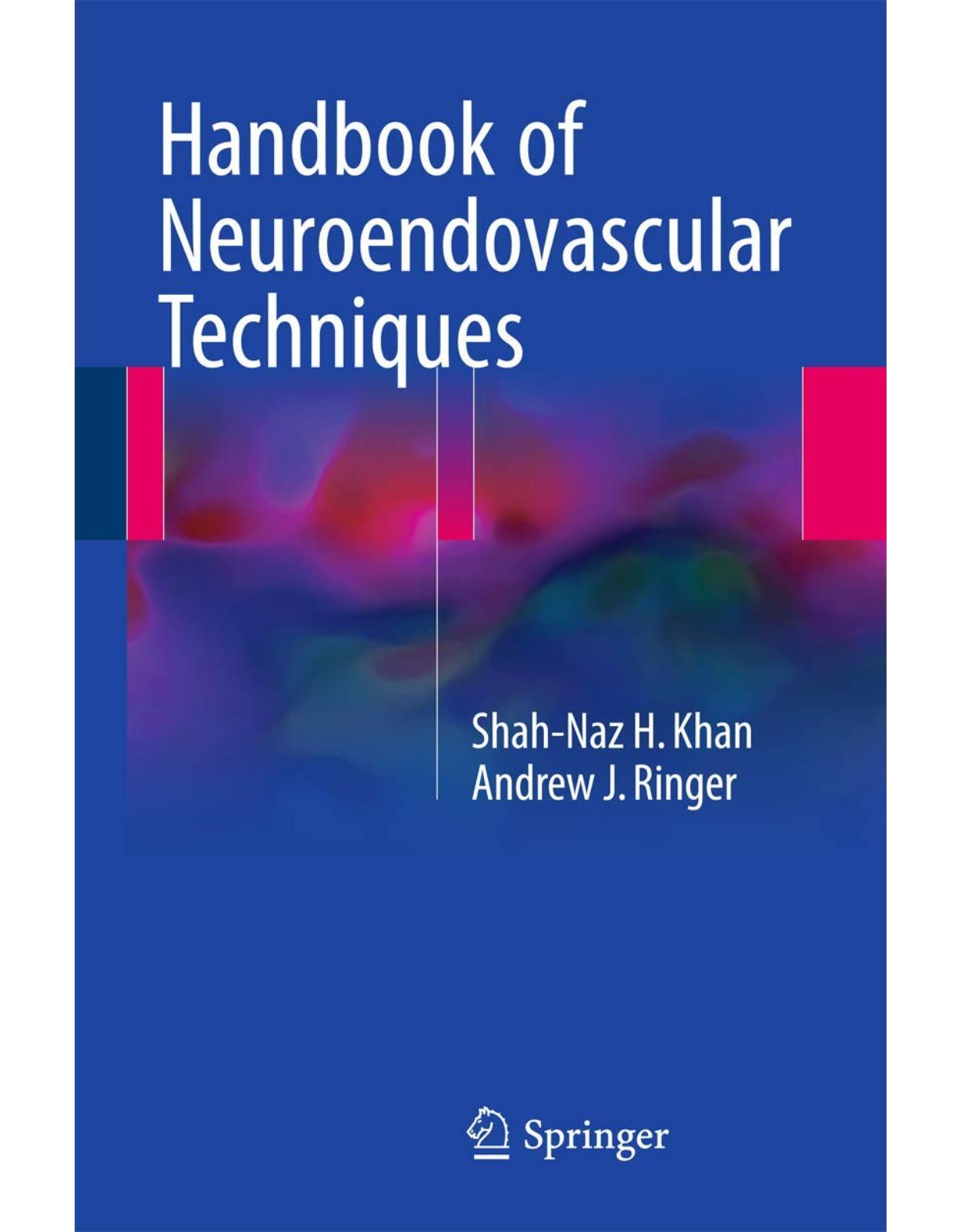
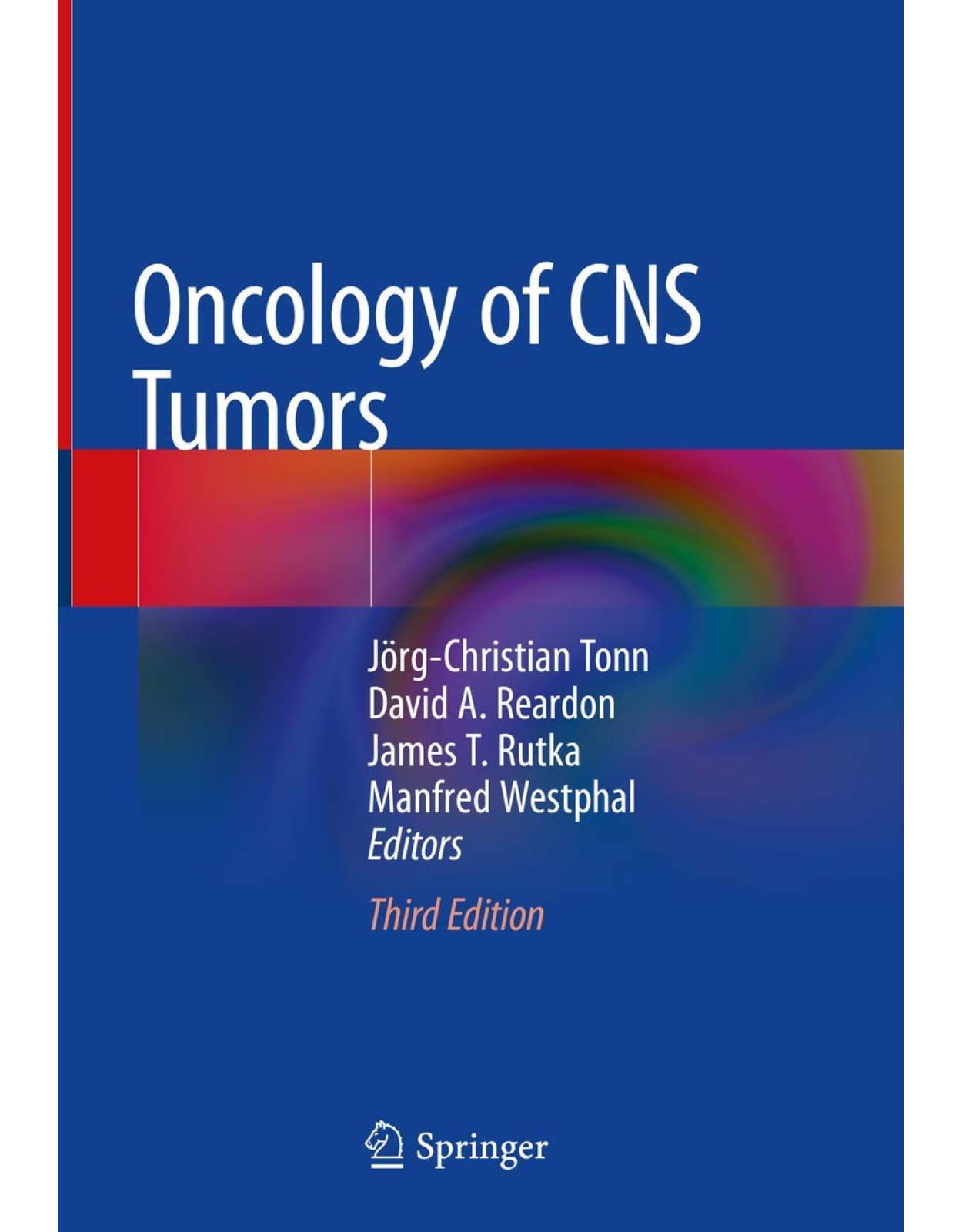
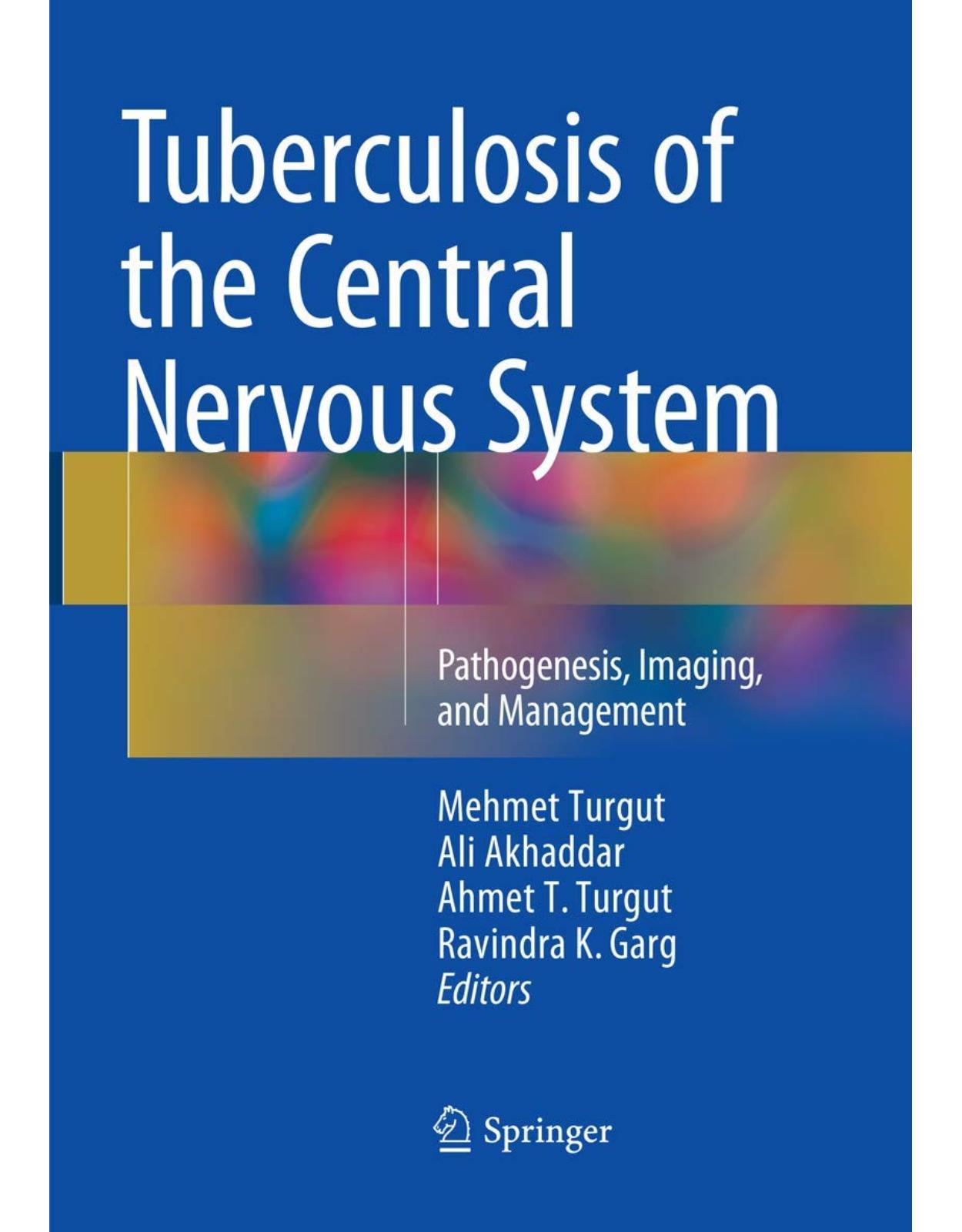
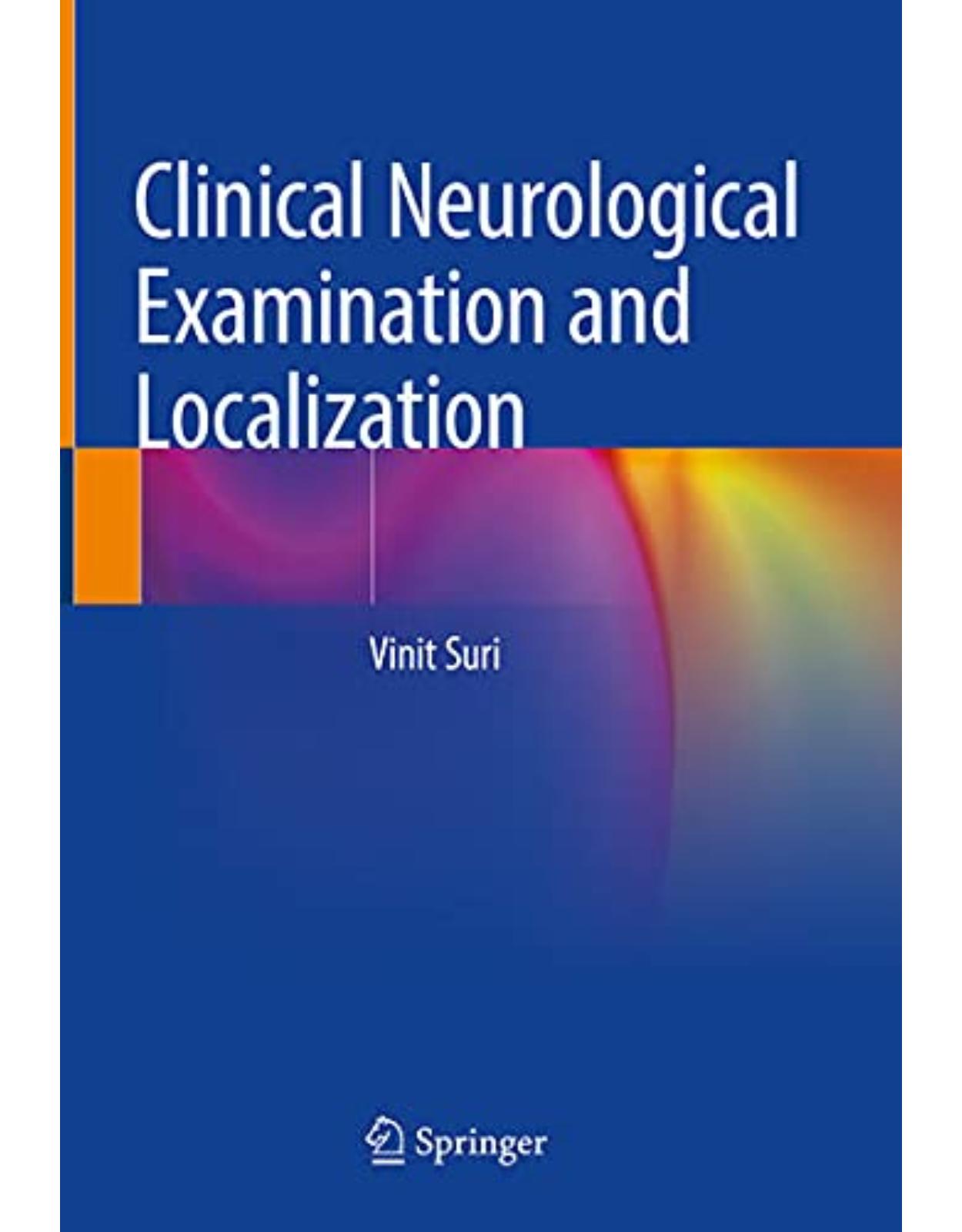
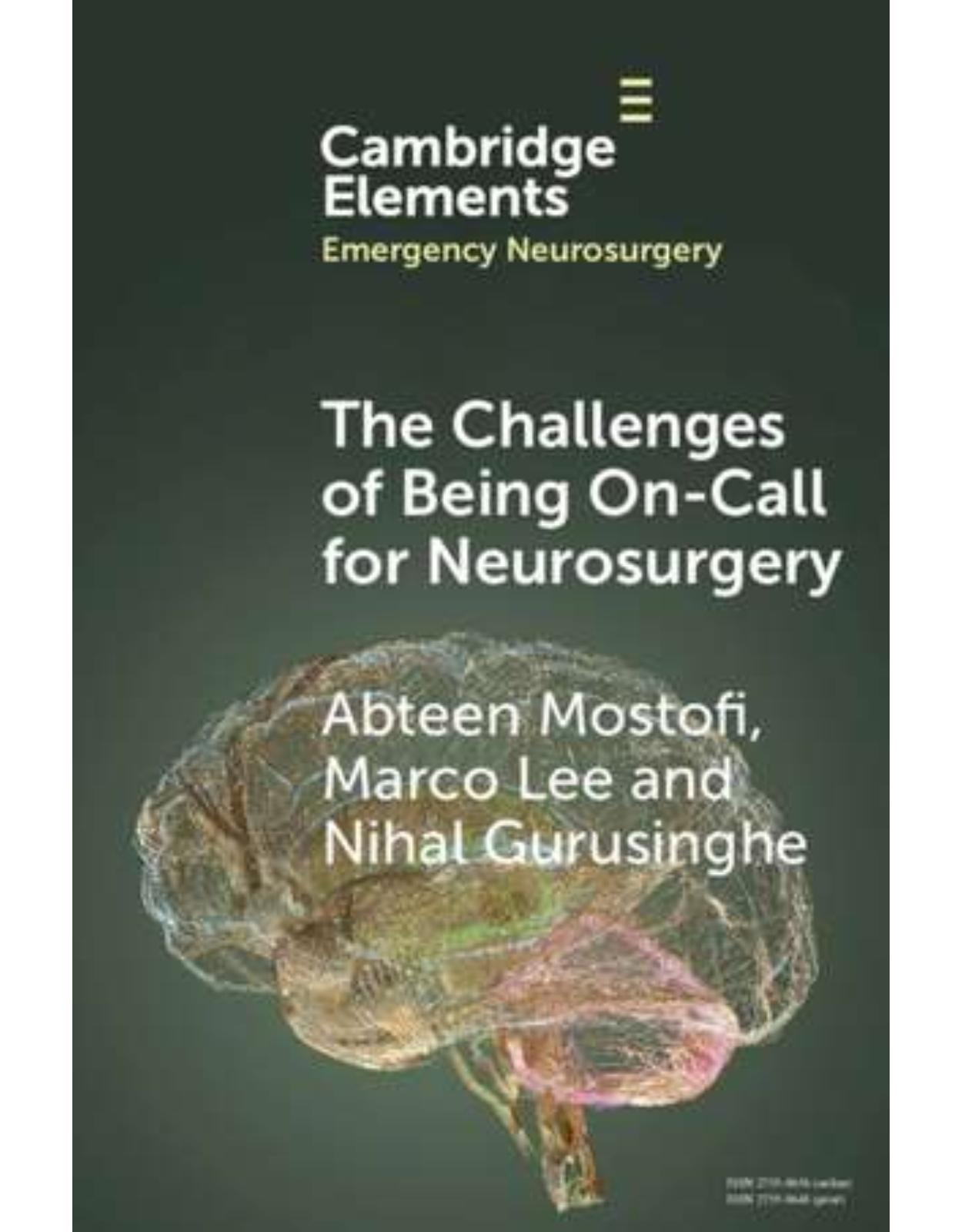
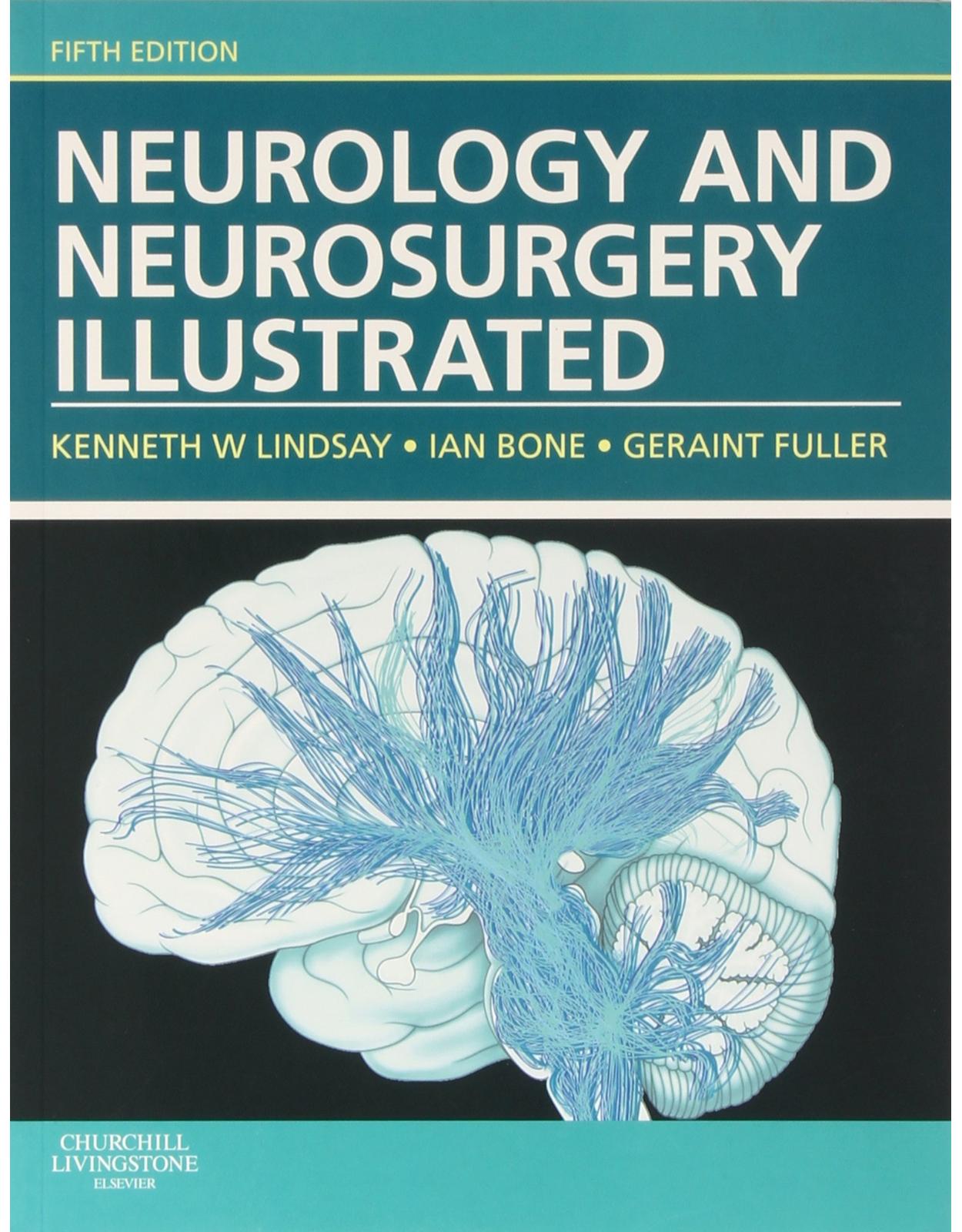
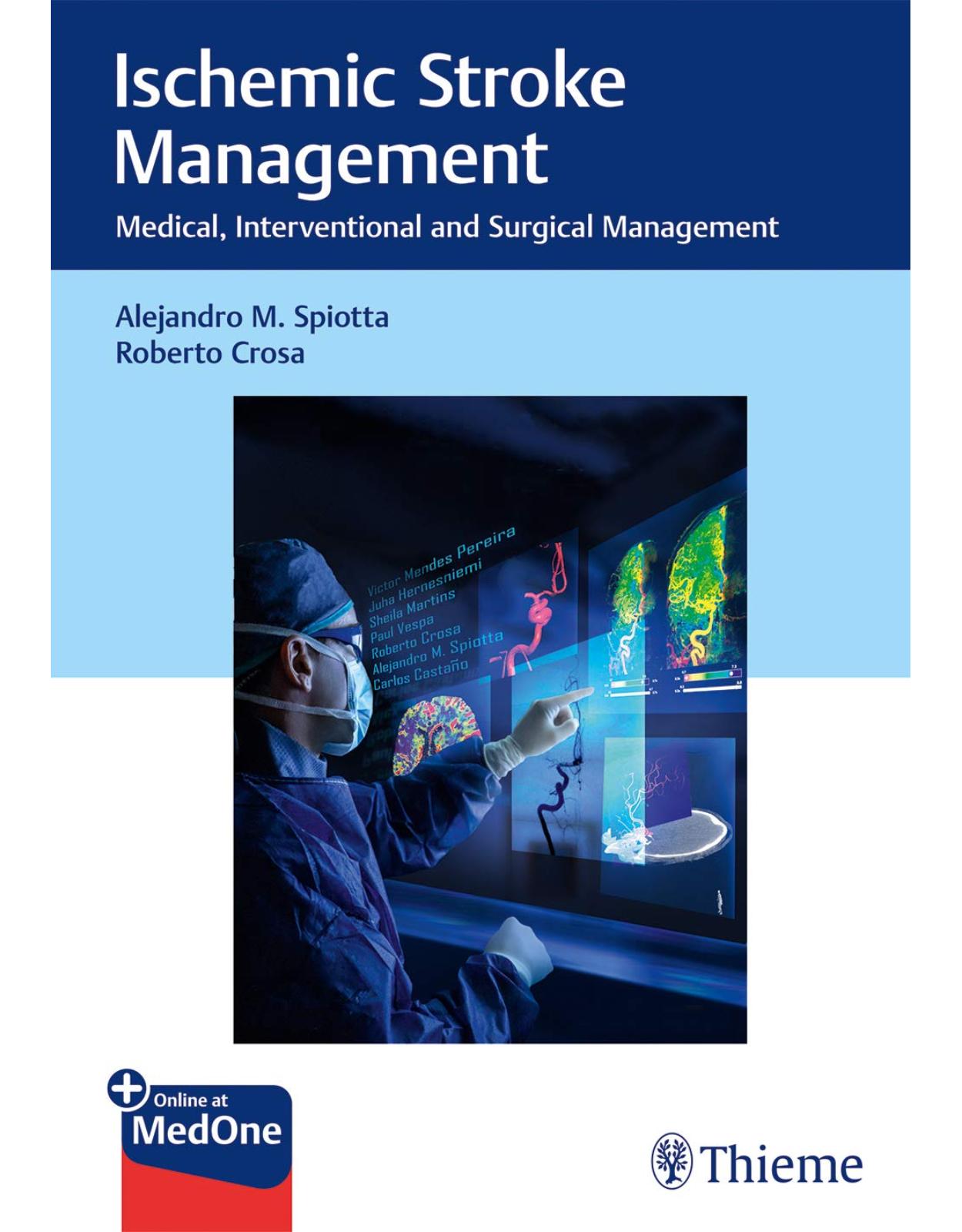
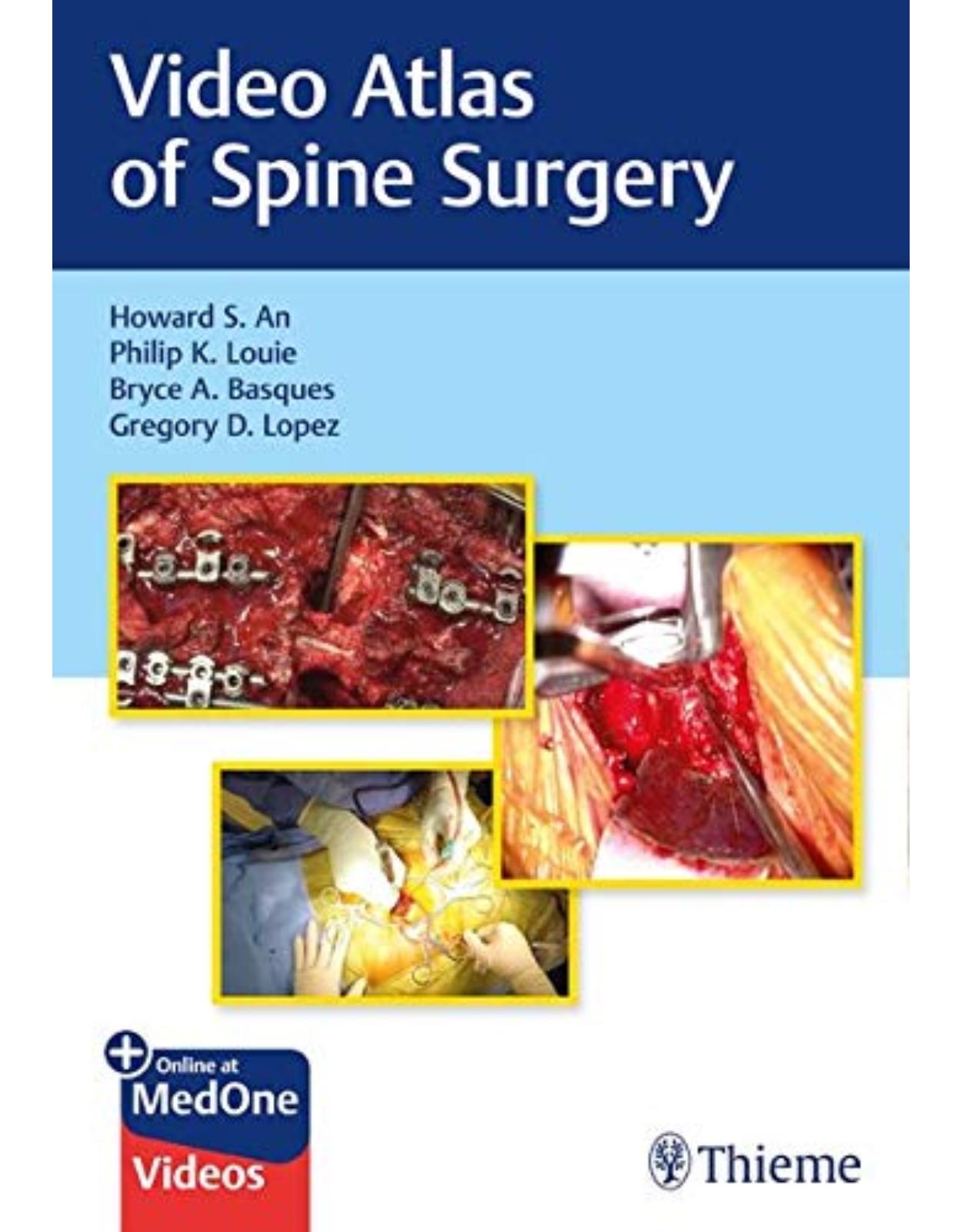

Clientii ebookshop.ro nu au adaugat inca opinii pentru acest produs. Fii primul care adauga o parere, folosind formularul de mai jos.